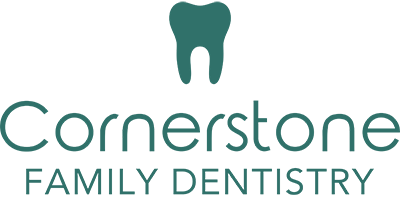As we discussed in our last post, “What To Expect During a Routine Dental Visit,” it is essential to visit your dentist twice a year for a cleaning and checkup. If you find yourself fearing the dentist even though you know what to expect, perhaps what causes you feelings of panic are all the different tools and contraptions you can see when you’re sitting in the chair awaiting an examination. We want you to know there is nothing to fear! Here is a list of tools you’ll probably see at the dentist’s office and what you can expect from each of them.
Mouth Mirror – Probably one of the less intimidating-looking instruments, this important tool helps the dentist see places in your mouth that would be impossible to see otherwise. By being able to closely see your teeth at all different angles, your dentist will be able to detect any potential problems. She will also use the mouth mirror to move your tongue around without having to use her hands.
Sickle Probe – The sickle probe has a sharp hook on the end of a long metal handle. While it may look threatening, this instrument plays an important role in identifying potential cavities or gum disease. Your dentist will use the sickle probe to explore the pockets between teeth as well as to scrape plaque and tartar from the surface of your teeth. If your dentist identifies a cavity, she may use the sickle probe to further investigate the trouble area.
Scaler – When plaque builds up on your teeth, it turns into tartar, and tartar can only be removed by a professional teeth cleaning. This is where the scaler comes in. Your dentist or hygienist will use a scaler to carefully scrape plaque and tartar from the surfaces of your teeth. This process isn’t necessarily comfortable, but it also shouldn’t cause severe pain and it will protect your teeth from decay. Keep in mind that the more tartar you have in your mouth, the more your dentist or hygienist will have to scrape. In order to protect your mouth against tartar, be sure you are brushing for two minutes at least twice a day and flossing every day.
Suction Device – This instrument, also known as the saliva ejector, is a painless and essential tool in a dentist’s toolbelt. As your dentist examines your teeth, your mouth will continue to produce saliva. In order for the dentist to be able to examine a dry surface, she will use the suction device to suck out the saliva. There will also be times when your dentist may rinse your mouth with water, and she will use the suction device to vacuum out the water so that you don’t have to swallow it. Throughout the examination, you may be asked to close your mouth around the suction device. This will allow the instrument to quickly and efficiently remove all the accumulated liquid that has gathered in your mouth.
Dental Drill – The most notorious of all your dentist’s tools, this noisy instrument is essential to removing tooth decay before filling a cavity. The dental drill spins rapidly while shooting water into your mouth, thus keeping the tooth at a cool temperature while removing the decay. Before using the dental drill your dentist will administer a local anesthetic, so while you will feel the vibrations of the drill on your teeth, you shouldn’t experience any pain.
Although some of the instruments used by a dentist may look or even sound scary, they are all used to help you have the healthiest mouth possible. Remember, if you are nervous and wondering what an instrument is used for, never hesitate to ask your dentist or hygienist. He or she will be more than happy to walk you through the process. We at Cornerstone Family Dentistry would love to help you with any of your dental needs, so please make an appointment today!



